Unusual but beautiful fruit and veg you need to try
Celebrating the weird and wonderful
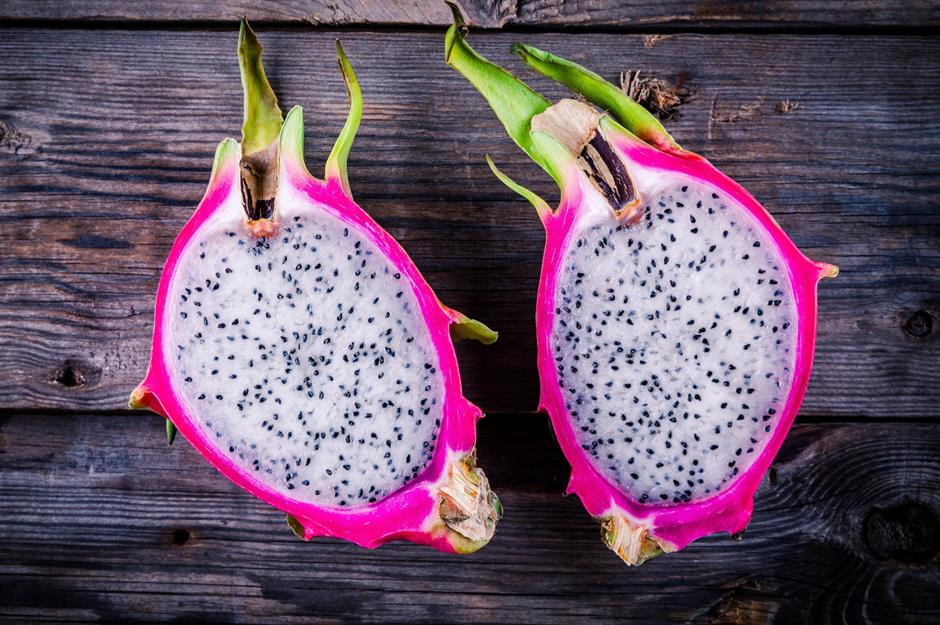
Buddha’s hand
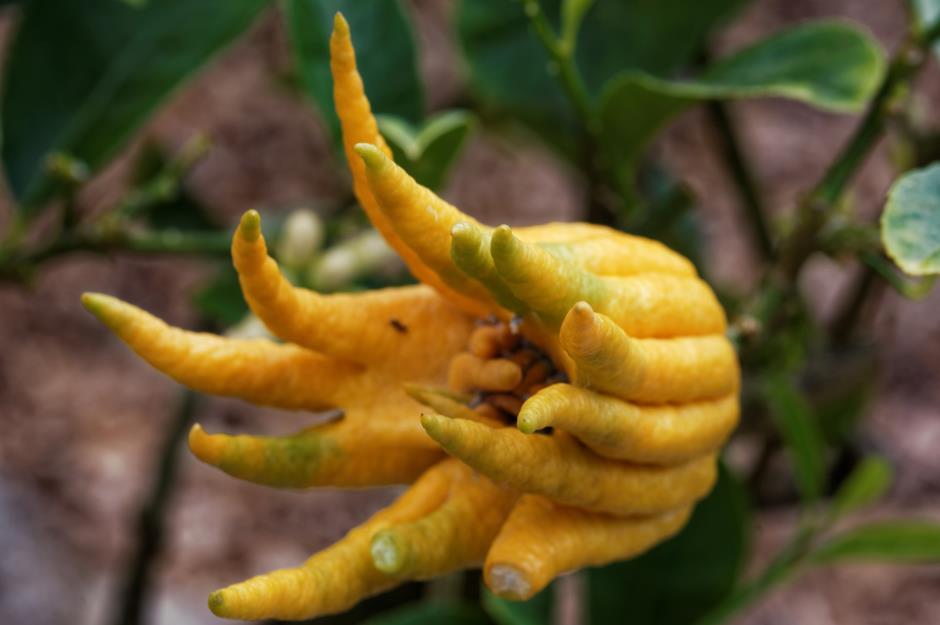
Fiddleheads
.jpg)
Lion's mane mushrooms
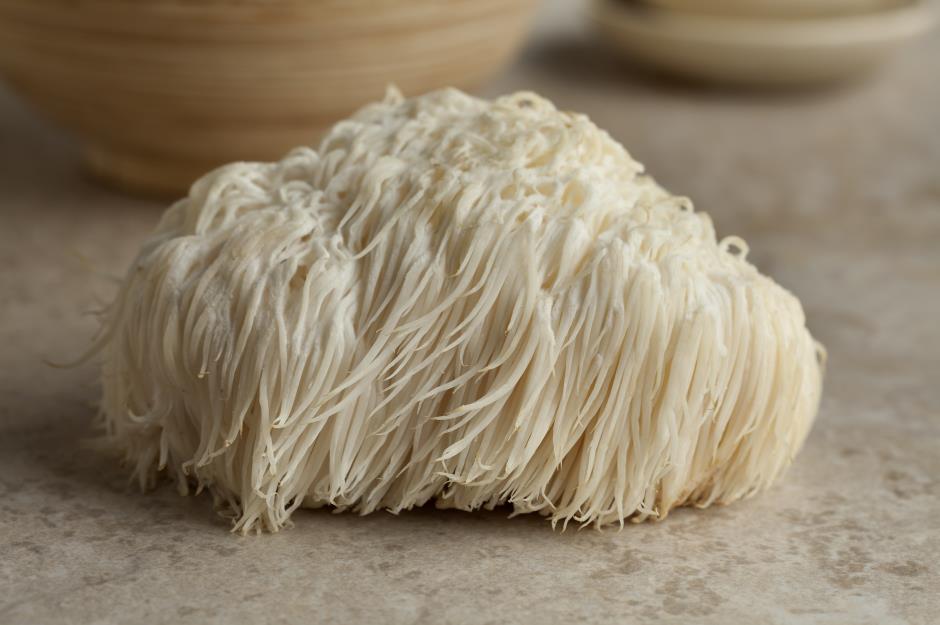
Samphire
.jpg)
Samphire can be found growing in mudflats and coastal areas around the world. This salty vegetable – once referred to as a poor man’s asparagus – has started to appear on numerous restaurant menus in recent years. It's delicious with fish (try this salmon recipe), and is sometimes known as pickleweed, glasswort or sampkin.
Jackfruit
.jpg)
Purple sweet potatoes
.jpg)
Noni
.jpg)
Watermelon radish
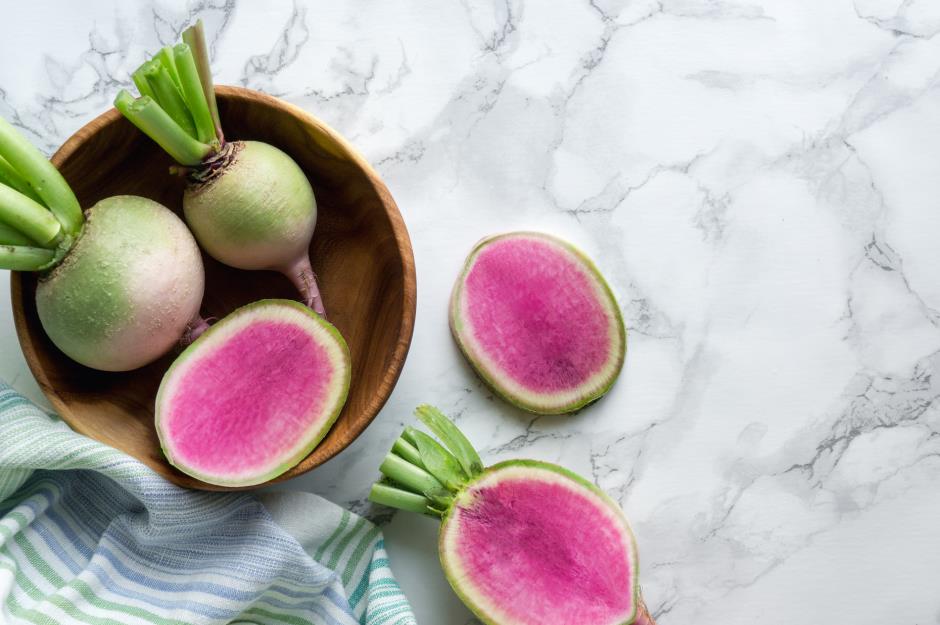
An heirloom variety of daikon, sometimes known as Chinese radish, watermelon radishes can be hard to come by – but their glorious colour makes them worth seeking out. Slice them to top a Vietnamese bánh mì sandwich or pickle them for the perfect accompaniment to Korean fried chicken.
Kiwano
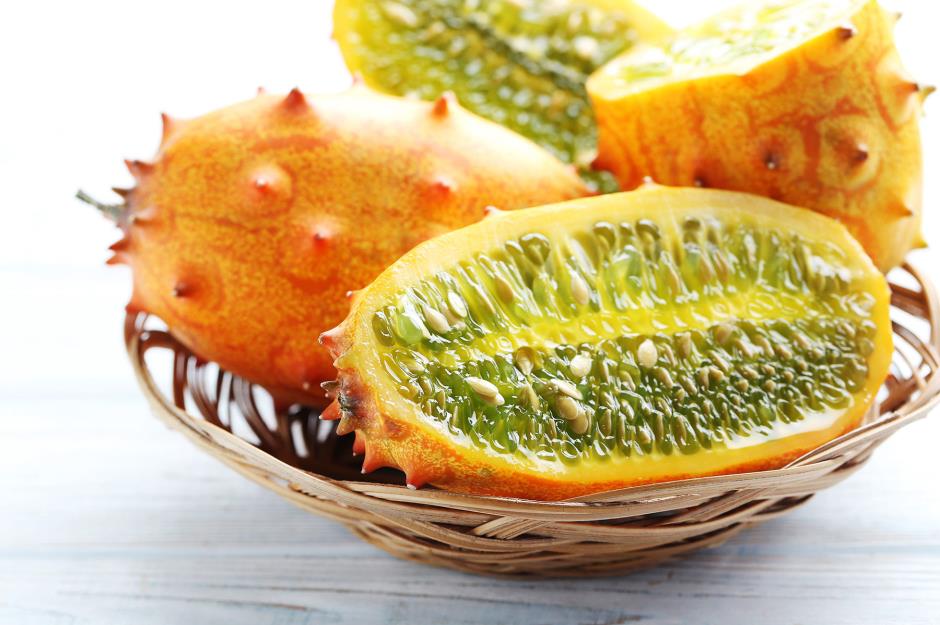
Tomatillos
.jpg)
Celeriac
.jpg)
Covered in brownish knobbles, edible roots and warty lumps, the bulbous celeriac (the root of the celery plant) isn’t the most attractive of vegetables. But it has a delicious celery-like nutty flavour and is incredibly versatile, perfect for boiling, mashing and roasting. Try it in this celeriac, sprout and bacon soup.
Purple cauliflower
.jpg)
Star fruit
.jpg)
Salsify
.jpg)
These knobbly root vegetables are sometimes dubbed 'oyster plants' as, bizarrely, they taste a little like the bivalve. You can peel, boil and mash them, sauté them in a butter or roast them as you would parsnips. For something more adventurous, try this recipe for raw scallops with salsify and a mustard sauce.
Jerusalem artichoke
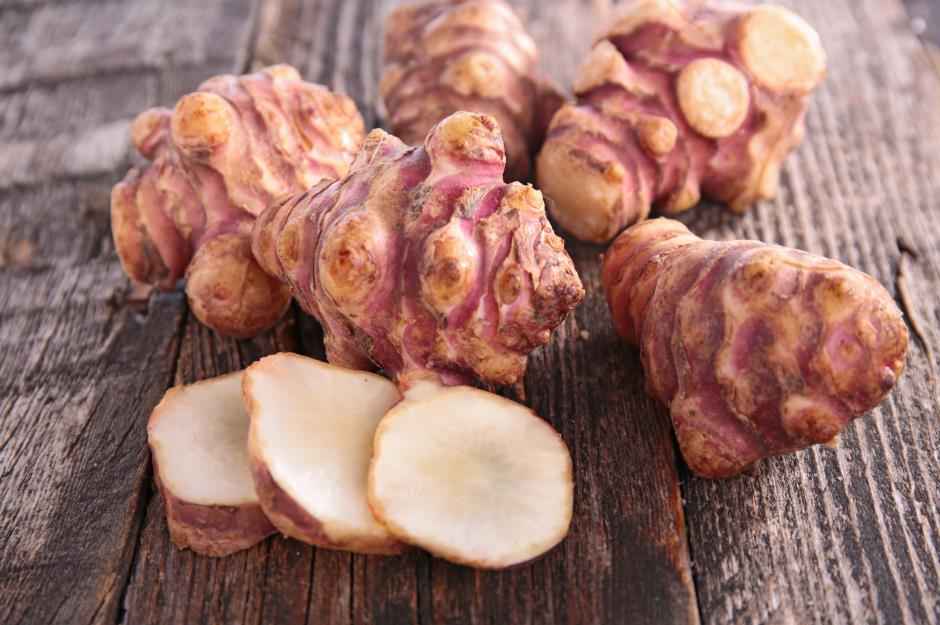
The Jerusalem artichoke, or sunchoke, surprisingly has no relation to the globe artichokes most of us are familiar with. These tubers are part of the sunflower family, with an earthy yet sweet flavour. They're delicious simply pan-fried or you could try roasting them with mushrooms and goat's cheese.
Dragon fruit
.jpg)
Romanesco broccoli
.jpg)
Despite the name, striking lime-green romanesco broccoli tastes a lot more like cauliflower (another member of the brassica oleracea family) but with a hint of nuttiness. It’s thought to have been bred by Italian farmers in the 16th century. Try roasting it and adding to salads such as this tabbouleh with almonds and pistachios.
Kohlrabi
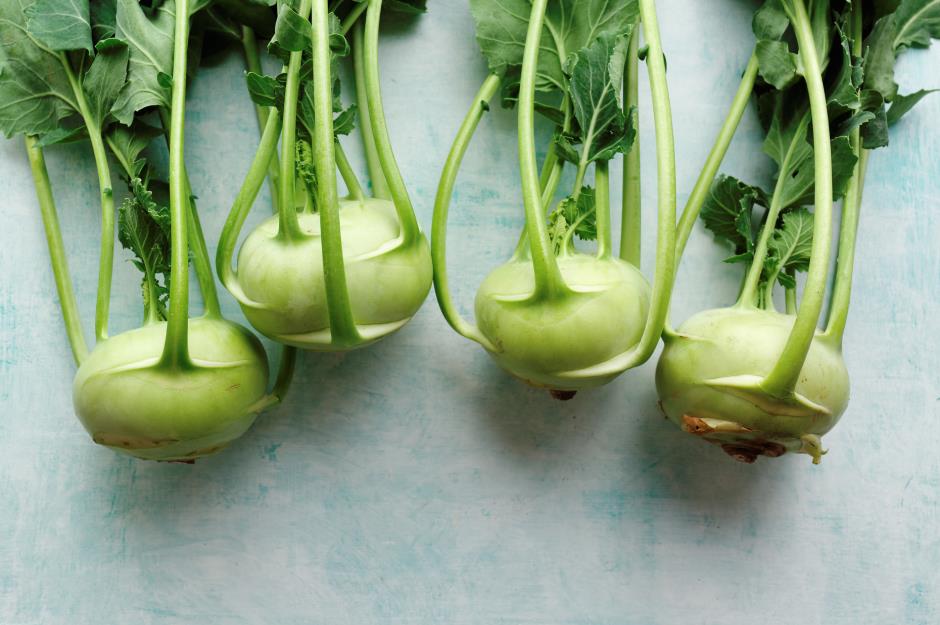
This brassica might not win prizes for its looks, but with a flavour between turnip and broccoli, it's a useful vegetable to have in the kitchen. Try it in a slaw with fennel and greek yoghurt.
Oca

Turmeric root
.jpg)
You’re probably more used to seeing turmeric in its bright-yellow powered form. Turmeric roots (or rhizomes) are brown stems covered in lumps – a lot like ginger. They're also one of the top foods to try cooking with in 2018: blend small pieces into smoothies or grate into stews and curries.
Okra
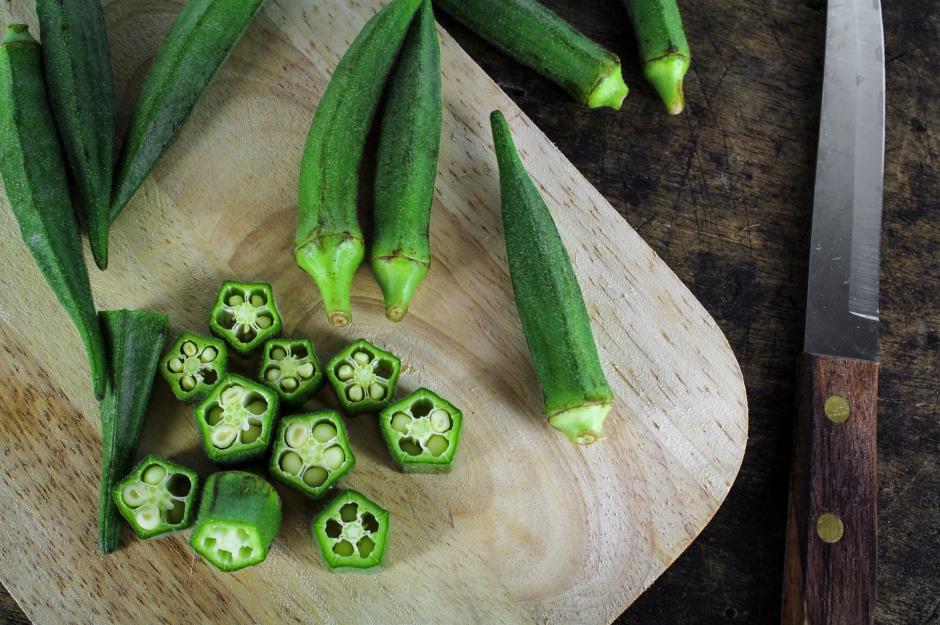
Fuzzy okra pods are used widely in Caribbean and Indian cuisine. Sometimes known as ladies' fingers, their firm texture and makes them perfect for stews and curries, with their juice helping to thicken the sauce. Try them in this vegetarian Moroccan tagine.
Comments
Be the first to comment
Do you want to comment on this article? You need to be signed in for this feature